Transforming Fresno Golf Courses with Artificial Turf
Golf has long been seen as a game of precision and skill, played on carefully manicured greens. However, the typical methods of maintaining golf courses come with their considerable amount of challenges, such as excessive water usage, extensive and labor-intensive maintenance requirements, and sensitivity to weather conditions. In recent years, there has been a revolutionary shift in the industry with the introduction of artificial turf, and Southwest Greens of Fresno has emerged as a leading provider in this realm. In this post, we will dive into the science behind artificial turf, exploring how it revolutionizes golf courses and why Southwest Greens is at the cutting edge of this revolutionary approach.
THE HISTORY OF ARTIFICIAL GRASS
Artificial turf technology has come a long way since its inception in the ‘60s. Early versions were harshly criticized for their unconvincing looks and lackluster playability. However, advancements in technology and materials have transformed artificial turf into a high-performing, aesthetically pleasing alternative to natural grass. Southwest Greens has worked hard to innovate and create cutting-edge products that closely mimic the aeshtetic, feel, and playability of organic grass.
WHAT MAKES TODAY’S SYNTHETIC TURF BETTER?
One of the important aspects of Southwest Greens' artificial turf that stands out from the competition is its composition. It consists of a multi-layered system designed to emulate the characteristics of natural turf. The top layer, also called the infill, is a mixture of fine-grained materials such as rubber, depending on the application. This layer provides stability, shock absorption, and traction, enabling golfers to achieve consistent bounce, aim, and roll (B.A.R.).
Beneath the infill is a backing material that improves durability and ensures proper drainage. Southwest Greens' proprietary backing technology is made to stand up to heavy foot traffic and resist premature wear, making it ideal for Fresno golf courses that experience frequent use.
THE SCIENCE OF ARTIFICIAL TURF
The science behind Southwest Greens' artificial turf goes well-beyond its composition. A critical aspect of its design is the integration of state-of-the-art fibers that emulate the characteristics of natural grass blades. These fibers are carefully engineered to provide a realistic appearance and optimal playing conditions. They are often made from polyethylene, which offer wonderful durability and resilience. Southwest Greens relies on extensive research and development to ensure that its artificial turf products deliver reliable performance, even under rigorous usage.
WHY ARTIFICIAL TURF INSTEAD OF NATURAL GRASS?
One of the primary advantages of synthetic grass over natural grass is its low maintenance requirements. Maintaining a traditional golf course can be a significant drain on resources. Natural grass demands consistent irrigation, mowing, fertilizing, and pest control.
Alternatively, our artificial turf eliminates the need for these tasks. It’s made to stand up to changing weather conditions, including extreme heat and heavy rainfall, without losing its structural integrity or playability. This resilience makes it a cost-effective and environmentally-friendly alternative for Fresno golf courses, as it uses minimal water usage and lessens the need for harsh chemicals.
Southwest Greens' artificial turf provides a level of consistency that’s nearly impossible to get with natural grass. Golfers tend to struggle with uneven playing surfaces, inconsistent ball rolls, and divots caused by players walking on the course. With artificial turf, these issues are reduced, providing golfers with a dependable and predictable playing experience. The advanced infill systems used by Southwest Greens make sure that your ball rolls smoothly and consistently, letting players focus on their skills and strategy.
WHAT ABOUT THE ENVIRONMENTAL EFFECTS OF ARTIFICIAL GRASS?
Beyond its performance benefits, artificial turf can also contribute to environmental sustainability. Water scarcity is an important problem in several regions, and golf courses are often criticized for their high water consumption. By transitioning to artificial turf, Fresno golf course operators can greatly reduce their water usage, easing the strain on local water supplies.
The absence of synthetic fertilizers and pesticides associated with natural grass maintenance helps minimize water pollution and soil contamination. Our company's commitment to sustainability can be seen in our commitment to developing environmentally friendly turf products that align with these principles.
THE DREAM TEAM OF SOUTHWEST GREENS
Our expertise goes beyond the science of artificial turf. Our team of pros, including designers, engineers, and installers, possesses a deep understanding of golf course planning and construction. They collaborate closely with golf course owners and operators to create custom solutions to meet their specific needs and requirements. Whether it's creating an intricate synthetic putting green or constructing an entire golf course, we combine scientific knowledge with hands-on expertise to achieve remarkable solutions.
